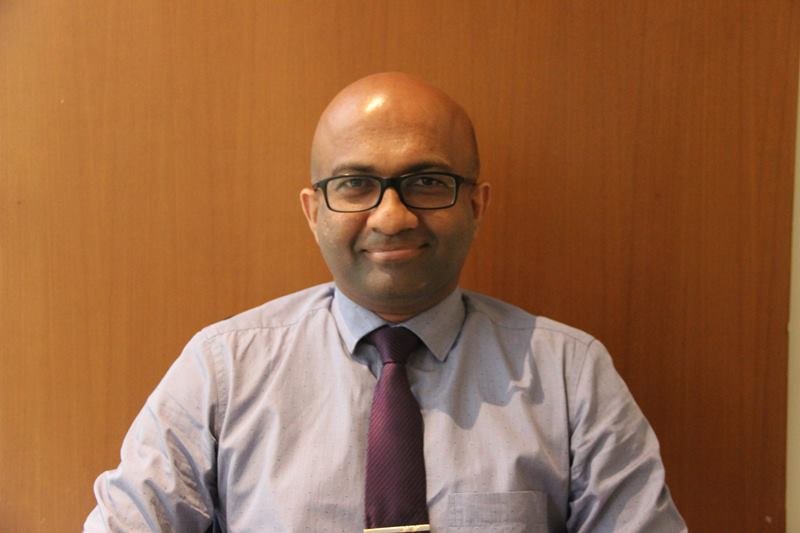By Dr. Suranga Hettipathirana
With its impact felt by women all over the world, endometriosis is a chronic condition that affects an estimated 1 in 10 women of reproductive age. While it can affect those from puberty to menopause, its impact may be felt for life. As an issue that is increasingly affecting the wellbeing of women in Sri Lanka, Endometriosis bears significant social, health and economic implications by decreasing a their quality of life due to implications such as severe pain, fatigue, depression, anxiety, and infertility.

As the cost of late diagnosis is high, it is vital that young girls and women are educated about this condition, avoid dismissing abnormal period pain and are empowered to advocate for themselves if they believe their symptoms are distressing.
Understanding the condition
Endometriosis is the abnormal growth of endometrial cells outside the uterus in places such as the ovaries, fallopian tubes, pelvis and even in the bladder, bowel and lungs. During the regular menstrual cycle, this tissue builds up and is shed if she does not become pregnant. In women with endometriosis, tissue is developed that looks and acts like endometrial tissue but outside of the uterus.
Each month, this misplaced tissue responds to the hormonal changes of the menstrual cycle by building up and breaking down just as the endometrium does, resulting in bleeding inside the pelvis. This then leads to inflammation, swelling and scarring of the normal tissue surrounding the endometriosis implants. When the ovary is involved, blood can become embedded in the normal ovarian tissue, forming a “blood blister” surrounded by a fibrous cyst, called an endometrioma.
Looking out for the signs
Each person experience the symptoms of endometriosis differently while some may not exhibit any symptoms at all. Generally, you can look out for excessive menstrual cramps felt in the abdomen or lower back, abnormal or heavy menstrual flow, pain during and after intercourse, painful urination or bowel movements, and gastrointestinal problems.
Diagnosis & Treatment
While it is difficult if not impossible to cure endometriosis completely, early diagnosis and treatment remains crucial. A careful history of menstrual symptoms and chronic pelvic pain generally provides the basis for an accurate diagnosis. Early suspicion of endometriosis is a key factor for early diagnosis, as endometriosis can often present symptoms that mimic other conditions and contribute to a diagnostic delay.
Medical treatments for endometriosis focus on either lowering estrogen or increasing progesterone in order to alter hormonal environments that promote the condition. Generally, a mix of oral drugs, injections, hormonal treatment and surgical intervention are currently in use. Surgery is conducted to remove endometriosis lesions, adhesions, and scar tissue. However, success in reducing pain symptoms and increasing pregnancy rates are often dependent on the extent of disease, which is why early diagnosis is key.
In Sri Lanka, leading private healthcare provider Hemas Hospitals offer a comprehensive set of diagnostic and treatment services for those suffering with the symptoms of endometriosis. The hospital houses world class advanced laproscopy equipment that enables conditions such as uterine fibroids, abnormal uterine bleeding, ovarian cysts, and more, to be treated with minimal incisions, faster patient recovery periods, shorter stays in hospital, less pain and the least amount of scarring. The hospital also offers ovarian stimulation treatments with intrauterine insemination (IUI), and in vitro fertilization (IVF), designed to enhance a person’s chance at pregnancy.
In conclusion
At present, there is no known way to prevent endometriosis. Enhanced awareness, followed by early diagnosis and management may slow or halt the natural progression of the disease and reduce the long-term burden of its symptoms. Addressing endometriosis and fully understanding its impacts will empower those affected by it, by supporting their right to the highest standard of sexual and reproductive health, quality of life, and overall well-being.
[The writer is Dr. Suranga Hettipathirana is a Consultant Obstetrician & Gynaecologist at Hemas Hospitals, Thalawathugoda]




